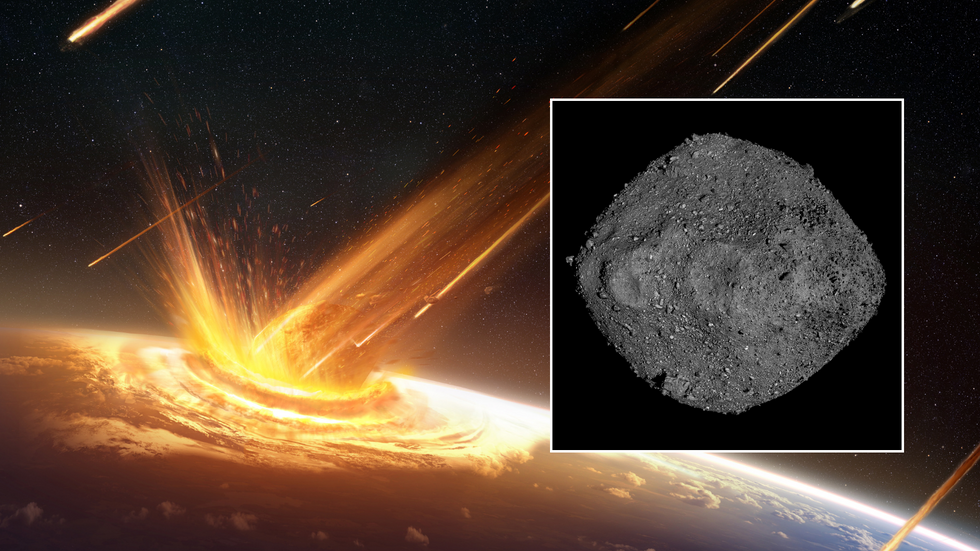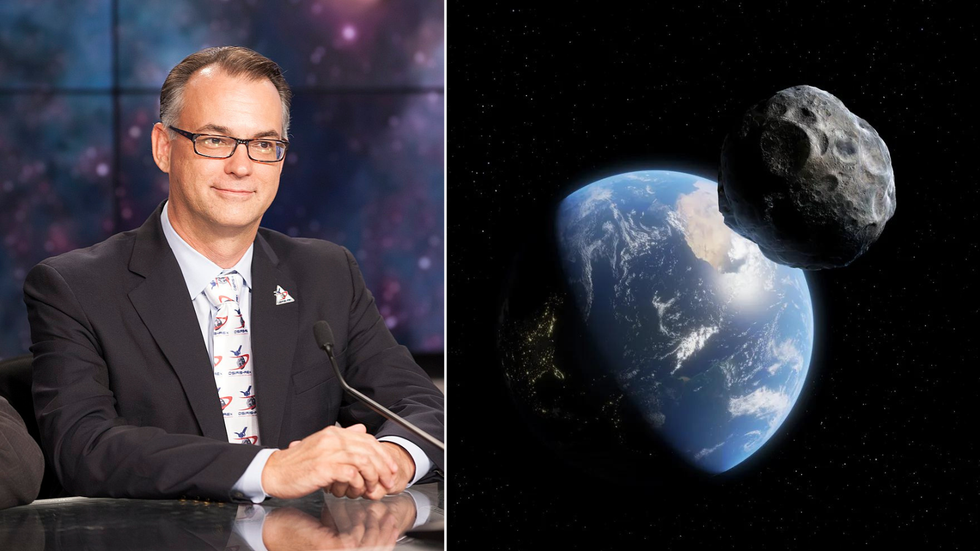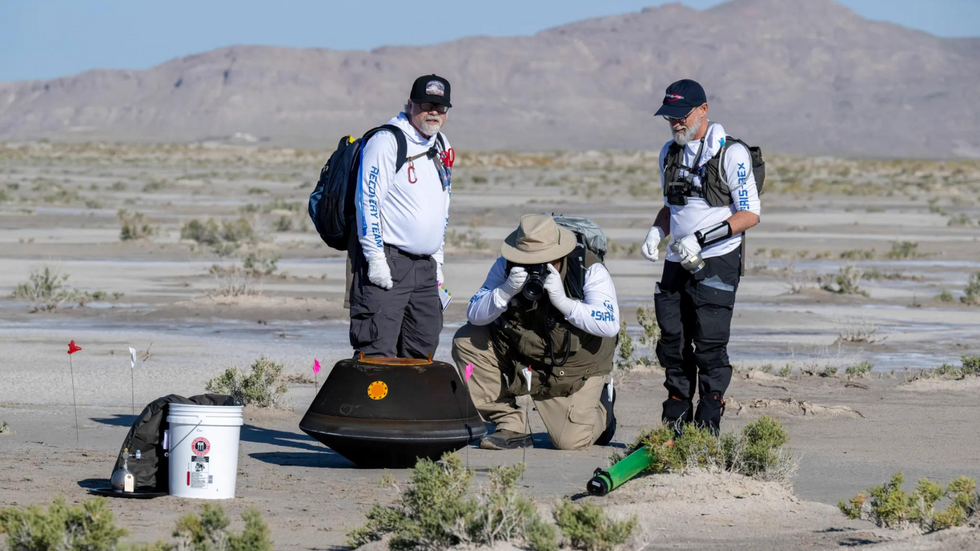Asteroid bigger than the Empire State Building hurtling towards Earth as Nasa hires man to stop it

101955 Bennu's path 'will blaze through the atmosphere many times brighter than the midday sun', Prof Dante Lauretta said
Don't Miss
Most Read
An asteroid larger than the Empire State Building is heading towards Earth - and one man has detailed his role in Nasa's billion-dollar plan to stop it before it's too late.
The snappily-named 101955 Bennu is 490 metres across - almost 50m larger than the New York City landmark - meaning any impact with Earth could be cataclysmic.
The asteroid only has a one in 1,750 chance of actually hitting us - and even then, we'll have to wait for September 24, 2182 - but Nasa has already taken steps to mitigate the destruction an interstellar boulder like this will bring.
Those steps involved hiring Dante Lauretta, 54, a planetary science and cosmochemistry professor at the University of Arizona, to head up a mission to research, chart and even sample 101955 Bennu.

The asteroid's initial impact would result in a crater the size of Liverpool, and an earthquake clocking in at 6.7 on the Richter scale
|GETTY/Nasa
In an excerpt from his book, "The Asteroid Hunter: a Scientist's Journey to the Dawn of our Solar System", Lauretta detailed what the risk to life on Earth might look like if space agencies around the world didn't take reasonable precaution.
He said: "If it hits Earth, its path will blaze through the atmosphere many times brighter than the midday sun. The impact will release a blast of energy equivalent to 1,450 megatons of TNT."
The professor said that such a release of energy would make the combined historical payload of all humanity's nuclear testing - a paltry 510 megatons - pale in comparison.
The asteroid's initial impact would result in a mile-deep crater the size of Liverpool, and an earthquake clocking in at 6.7 on the Richter scale - the size of the 1994 Northridge quake which injured thousands and cost billions of dollars to clean up.
READ MORE SPACE NEWS:

Prof Lauretta (pictured) warned of the apocalyptic scenes a collision would herald
|GETTY/Wikimedia Commons
Prof Lauretta said: "The sound wave would be louder than an orchestra of air-raid sirens, blaring from every direction.
"Curious onlookers who flocked to their windows to view the fireball would be greeted with a barrage of fragments as the glass imploded.
"Residential homes would be flattened, the few survivors determined by location and random luck.
"Office buildings and highway bridges would twist, distort, and ultimately collapse. Trees would be blown down; those that somehow managed to remain upright would be stripped of their branches and leaves."

The OSIRIS-REx mission returned a sample of Bennu in 2023
|Nasa
Given the asteroid would, as Prof Lauretta says, be "a major natural and humanitarian disaster" yielding a "staggering" death toll, Nasa launched the OSIRIS-REx mission to study it - even taking a sample from the rock, returning it to Earth's surface for testing in September last year.
Nasa said the mission "will help scientists investigate how planets formed and how life began, as well as improve our understanding of asteroids that could impact Earth".
And OSIRIS-REx isn't the only Nasa mission to make contact with a celestial body - the space agency is also developing cutting-edge technology for ‘planetary defence’, with 2022’s Dart mission marking their first attempt to move an asteroid in space.
Both missions could be crucial in staving off the threat of an asteroid impact - even if we may be long gone by the time 101955 Bennu touches down.











